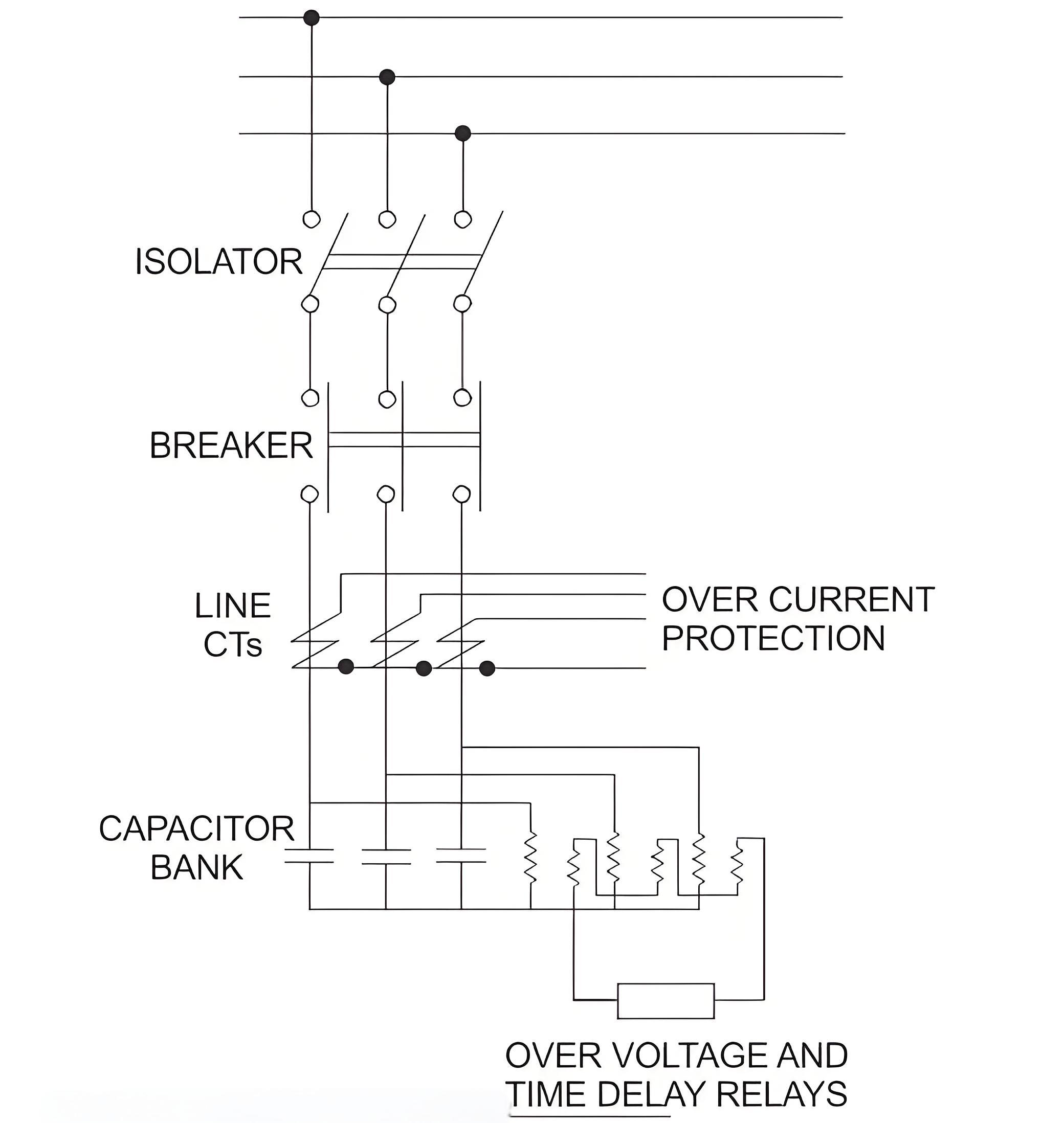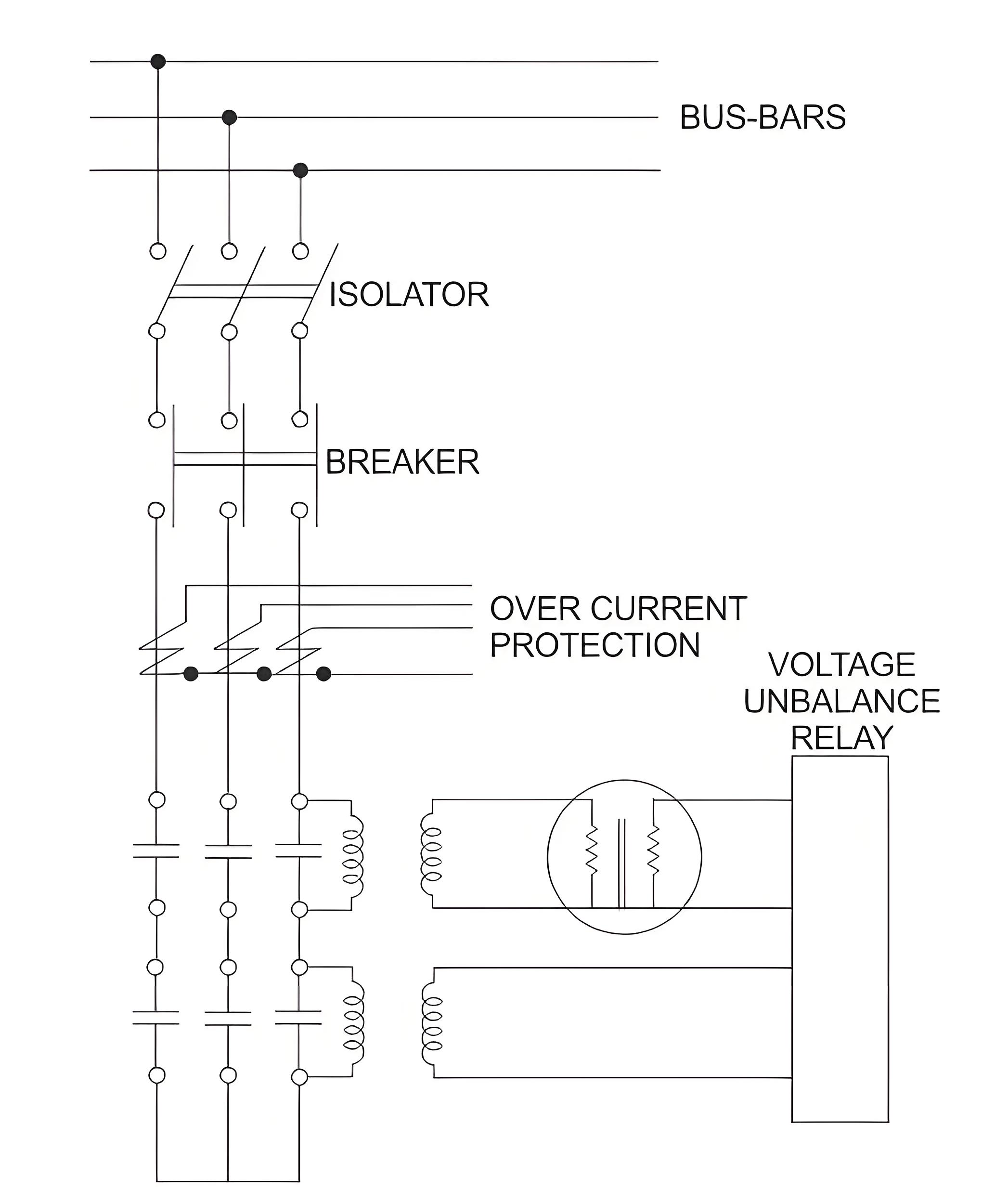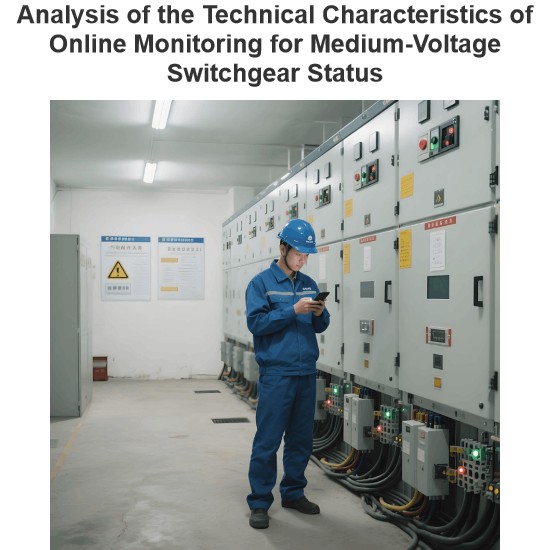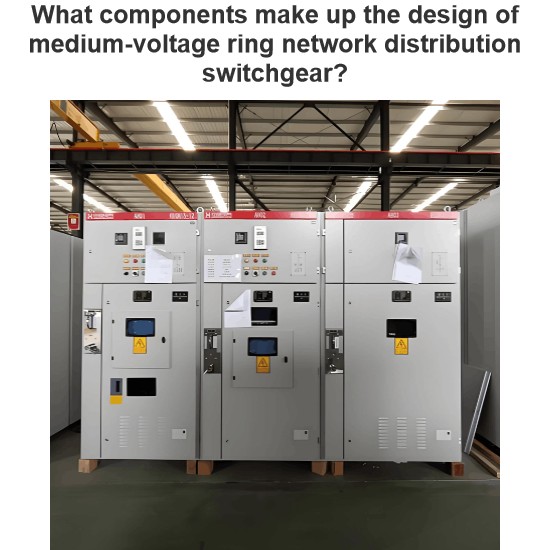Capacitor Bank Protection
Capacitor Bank Protection Definition
Protecting capacitor banks involves preventing internal and external faults to maintain functionality and safety.
Element Fuses
Manufacturers usually include built-in fuses in each capacitor element. If a fault occurs in an element, it is automatically disconnected from the rest of the unit. The unit can still function, but with reduced output. For smaller capacitor banks, only these built-in protection schemes are used to avoid the cost of additional protective equipment.
Unit Fuse
Unit fuse protection limits the duration of arc in faulty capacitor units. This reduces the risk of major mechanical damage and gas production, protecting neighboring units. If each unit in a capacitor bank has its own fuse, the bank can continue operating without interruption even if one unit fails, until the faulty unit is removed and replaced.
Another major advantage of providing fuse protection to each unit of the bank is that, it indicates the exact location of the faulty unit. But during choosing the size of the fuse for this purpose, it should be taken into consideration that the fuse element must withstand the excessive loading due to harmonics in the system. In the view of that the current rating of the fuse element for this purpose is taken as 65% above the full load current. Whenever the individual unit of capacitor bank is protected by fuse, it is necessary to provide discharge resistance in each of the units.
Bank Protection
While each capacitor unit generally has fuse protection, if a unit fails and its fuse blows, the voltage stress on other units in the same series row increases. Each capacitor unit is designed to withstand up to 110% of its rated voltage. If another unit in the same row fails, the stress on the remaining healthy units increases and can exceed their maximum voltage limit.
Hence it is always desirable to replace damaged capacitor unit from the bank as soon as possible to avoid excess voltage stress on the other healthy units. Hence, there must be some indicating arrangement to identify the exact faulty unit. As soon as the faulty unit is identified in a bank, the bank should be removed from the service for replacing the faulty unit. There are several methods of sensing unbalance voltage caused by failure of capacitor unit.
The figure below is showing the most common arrangement of capacitor bank protection. Here, the capacitor bank is connected in star formation. Primary of a potential transformer is connected across each phase. The secondary of all three potential transformers are connected in series to form an open delta and a voltage sensitive relay is connected across this open delta.
In exact balanced condition there must not be any voltage appears across the voltage sensitive relay because summation of balanced 3 phase voltages is zero. But when there would be any voltage unbalancing due to failure of capacitor unit, the resultant voltage will appear across the relay and the relay will be actuated for providing an alarm and trip signals.
The voltage-sensitive relay can be adjusted so that at a certain voltage imbalance, only the alarm contacts close. At a higher voltage level, both the trip and alarm contacts close. The potential transformer connected across each phase’s capacitors also helps discharge the bank after it’s switched off.
In another scheme, the capacitors in each phase are divided into two equal parts connected in series. Discharge coil is connected across each of the parts as shown in the figure. In between the secondary of discharge coil and the sensitive voltage that unbalances the relay an auxiliary transformer is connected which serves to regulate the voltage difference between secondary voltages of discharge coil under normal conditions.
Here the capacitor bank is connected in star and the neutral point is connected to the ground through a potential transformer. A voltage sensitive relay is connected across the secondary of the potential transformer. As soon as there is any unbalance between the phases, the resultant voltage will appear across the potential transformer and hence the voltage sensitive relay will be actuated beyond a preset value.


The Electricity Encyclopedia is dedicated to accelerating the dissemination and application of electricity knowledge and adding impetus to the development and innovation of the electricity industry.













